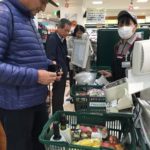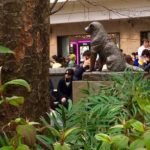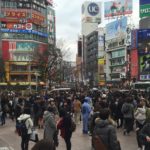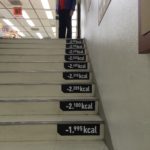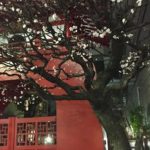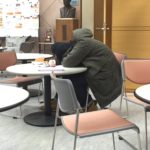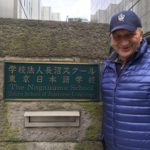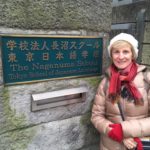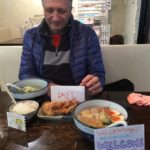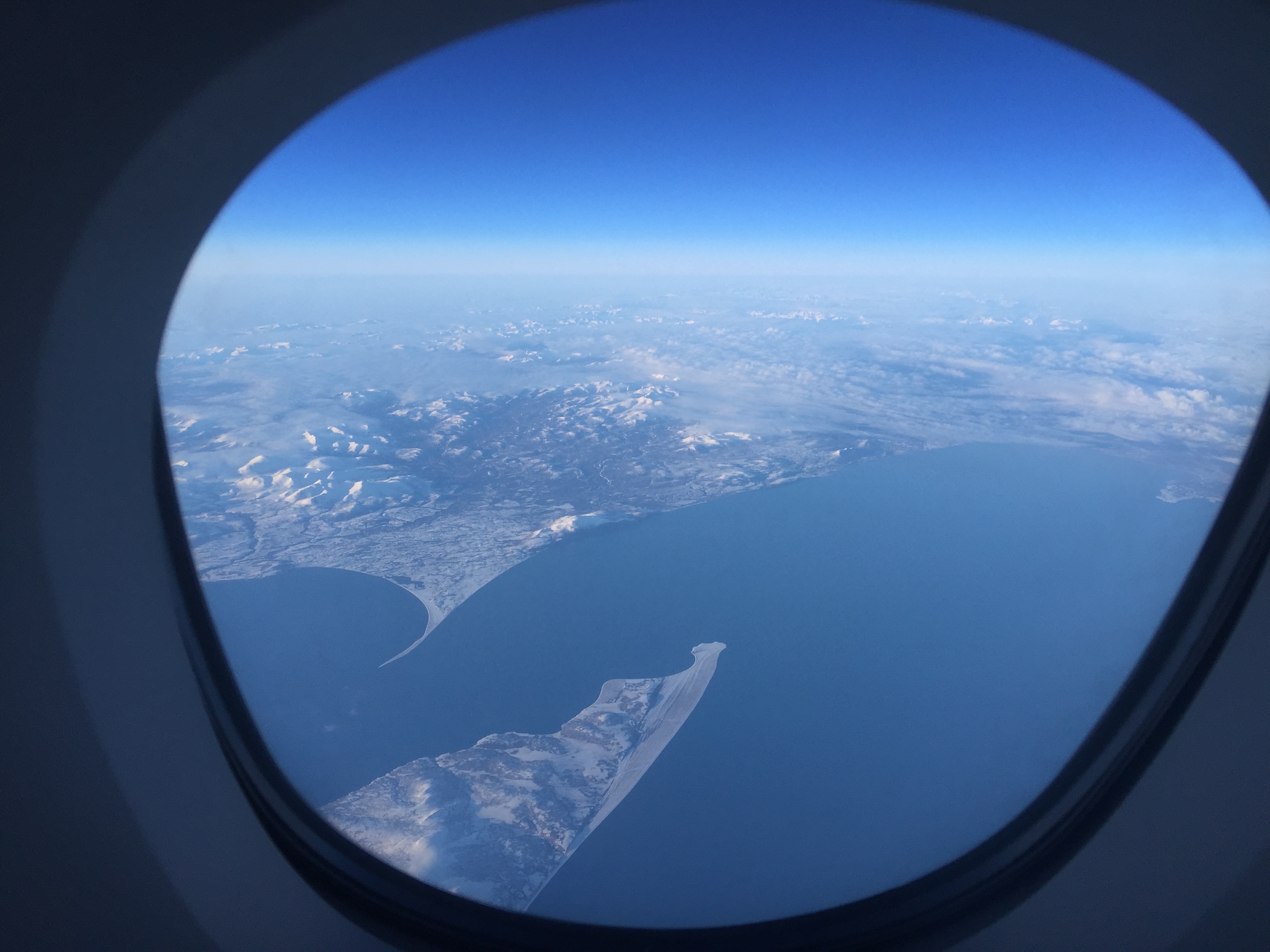
We have our Suica rail cards and ride the subway like true Tokyo-ites, but we walk around as tourists making new discoveries and seeing bewildering, surprising and exciting sights. A samurai sleeps on the Ginza line.
See Michael check out the local fire hydrant and learn the kanji for Emergency; look up and see these kids skipping up the side of the building; catch the Tokyo version of a leaf blower – so quiet; peer at the straw door hanging which tells us what is served within – sake I think; and, below, the ubiquitous vending machines. They sell everything and are everywhere.

This temple is very close to our apartment, set back and easy to miss from a busy street, and the shrine is just below the raised rail tracks and downtown skyscrapers. Tokyo has been completely rebuilt since WWll, and the modern architecture is stunning. Buildings housing designer brands line up on Omote-sando.
The Kabuki-za theater in the Ginza district opened in 1889, survived the 1923 earthquake and was rebuilt in 1951, faithful to its original architectural style. A huge skyscraper rises up behind it.
We were introduced to Naoya Yoshida san, who is a third generation horse breeder and trainer from Hokkaido, who lives in Lexington, Kentucky. He invited us to Saturday afternoon tea at the Prince Park Tower, in Shiba Park. This spectacular modern hotel is just across the park from the Tokyo Tower.
You can see the Tower, built in 1958 and taller than the Eiffel Tower, just behind the Zojo-ji , a Buddhist temple – what a contrast. It dates from 1393, and in the grounds is the family cemetery of the Tokugawa. These Jizu statues are all holding pin-wheels! There were hundreds of them spinning in sun.
 Now here’s a sign Mickle can translate: Soccer is Forbidden (sakka kinshi)!
Now here’s a sign Mickle can translate: Soccer is Forbidden (sakka kinshi)!
Perhaps that is to protect the sakura: the cherry blossoms that are all this city can think about this weekend. Here is lunchtime outside the Suntory Concert Hall, where we found food tents serving delicious lunches, and the whole area packed with people celebrating the brief Sakura Season.

This weekend we will share the wonders of the cherry blossoms in Tokyo with you.
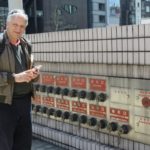
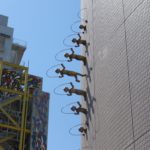
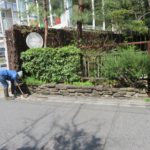
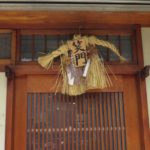
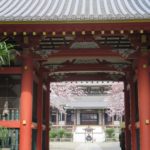
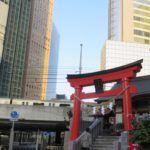
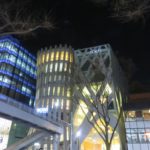
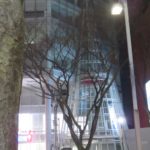
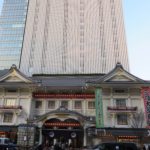
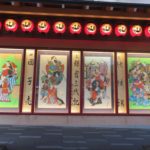
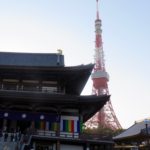
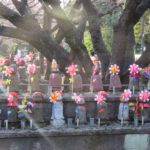
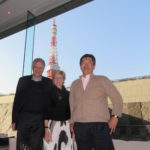
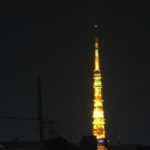
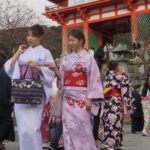
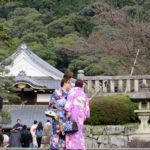
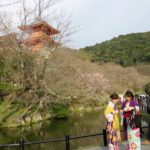
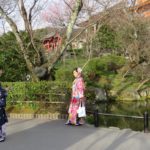
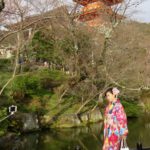
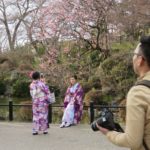
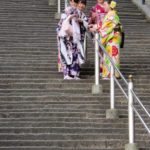
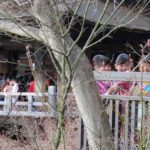
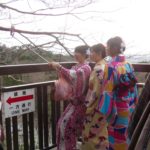
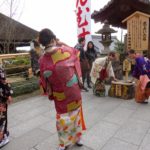
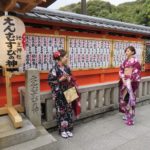
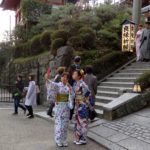
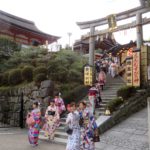
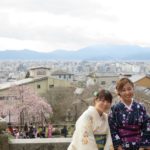
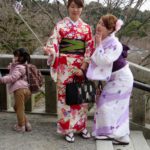
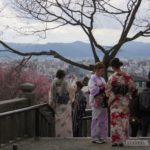
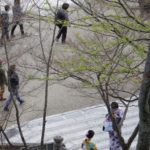
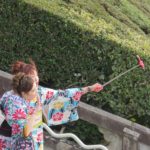
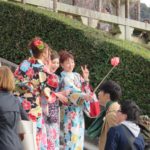
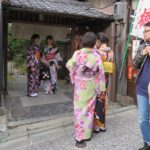
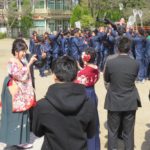
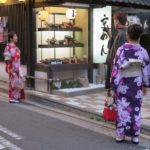
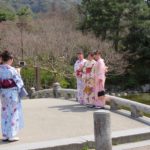
 We arrived in Kyoto the day after our return from Nikko, catching a view of Fuji-san from the shinkansen window. We have been to Kyoto before but its power to amaze and delight has never been stronger.
We arrived in Kyoto the day after our return from Nikko, catching a view of Fuji-san from the shinkansen window. We have been to Kyoto before but its power to amaze and delight has never been stronger. Our hotel was brilliantly located in the heart of the Gion district, just close by the Yasaka Shrine. The room was tiny – the tub ideal for a very short, very fat guest. We could fit the whole lot in the smallest corner of our Nikko hotel room.
Our hotel was brilliantly located in the heart of the Gion district, just close by the Yasaka Shrine. The room was tiny – the tub ideal for a very short, very fat guest. We could fit the whole lot in the smallest corner of our Nikko hotel room.
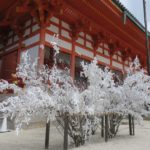
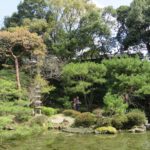
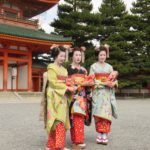
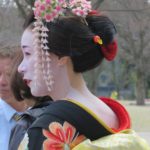
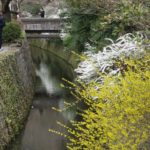
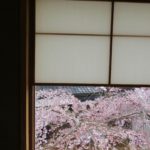
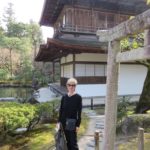
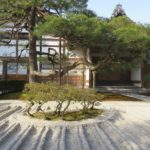
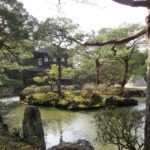

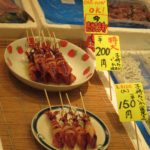
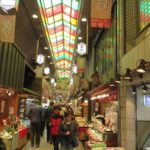
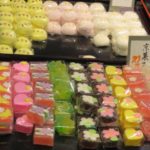
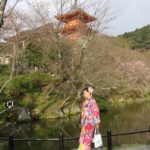
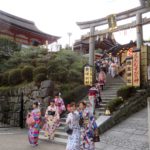
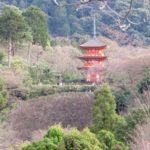
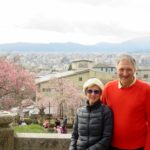

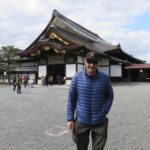
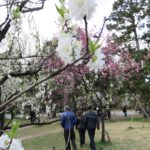

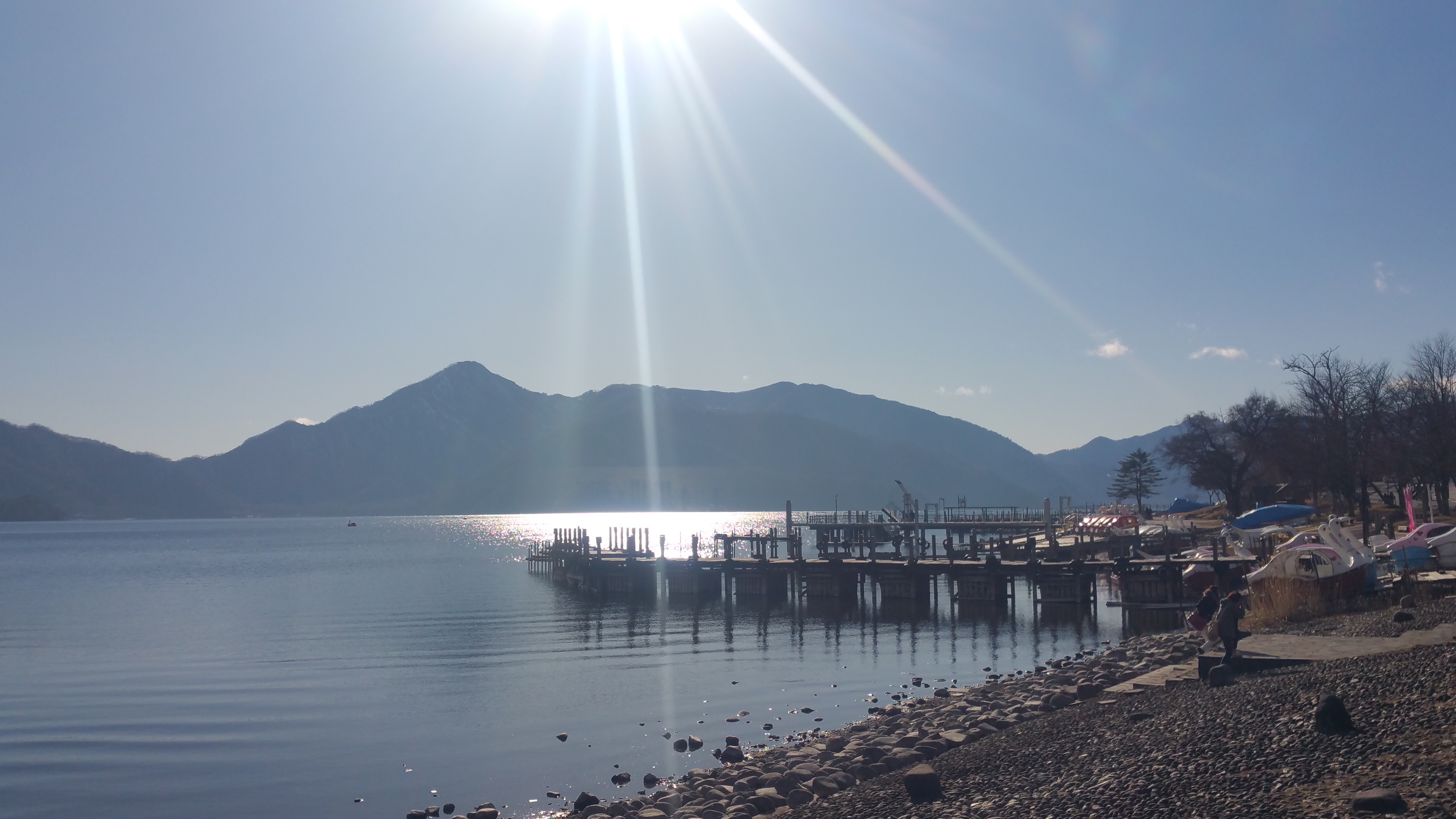
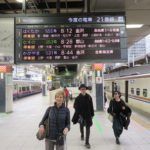
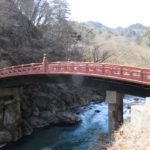
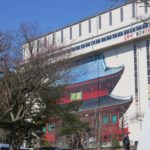
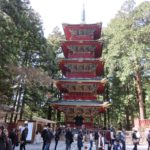
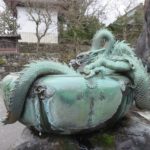
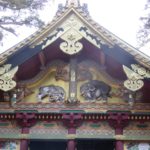
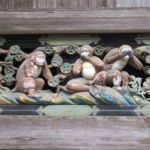
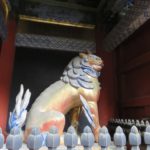
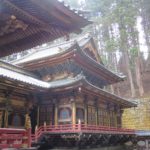
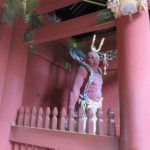
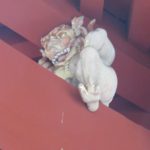
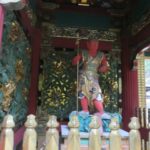
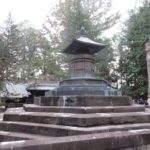
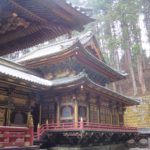
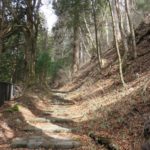
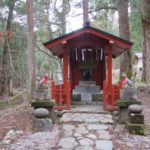
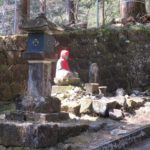
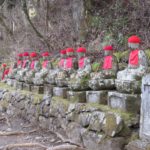
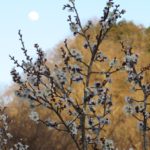
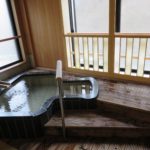
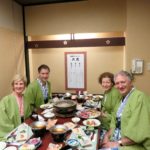
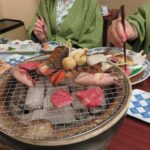
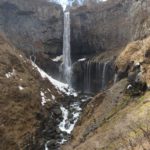
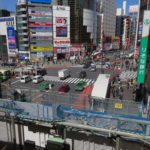
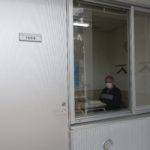
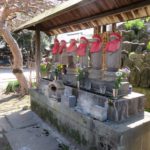
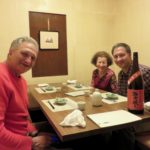
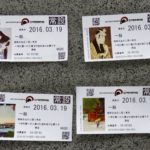
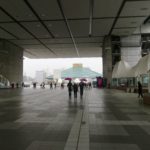
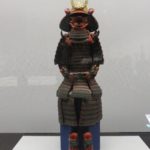
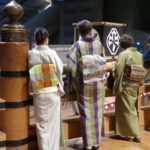
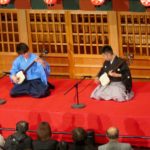
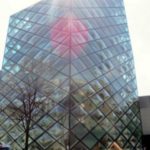
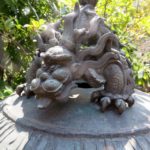
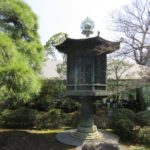
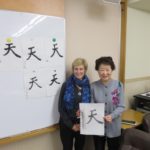
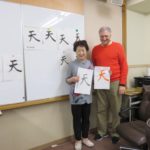
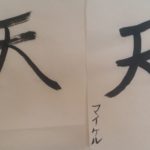
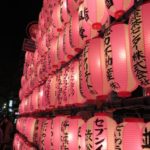
 Since this posting will involve some geography, here is a link
Since this posting will involve some geography, here is a link 